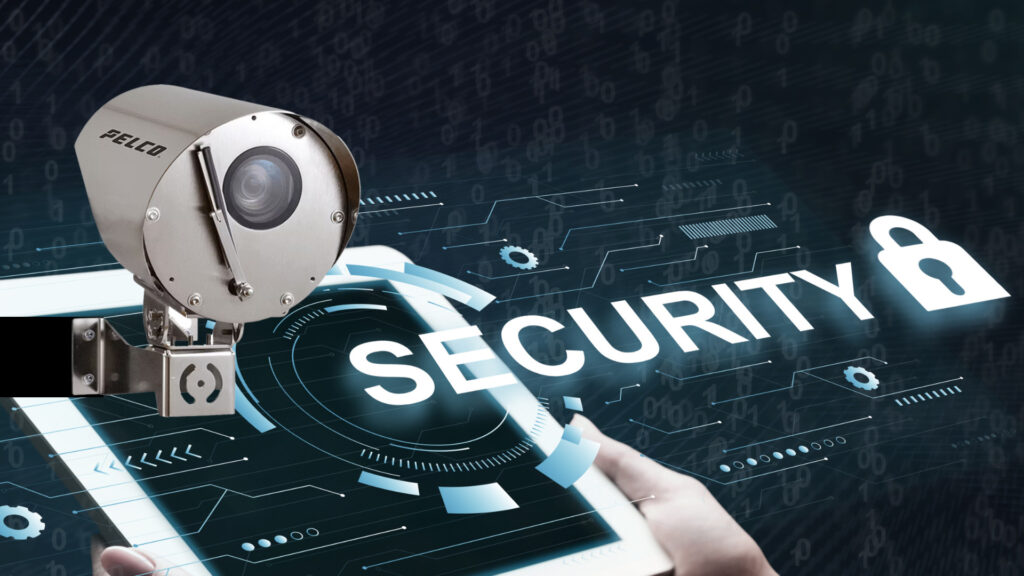The growing integration of CCTV systems with digital technologies in offshore operations has led to an increased vulnerability to cyber threats, thereby necessitating a robust cybersecurity framework to protect these vital assets.
These CCTV systems are instrumental in monitoring critical infrastructure, ensuring the safety of personnel, and safeguarding against potential threats.
Vulnerabilities Within Offshore CCTV Systems
Offshore facilities, such as oil rigs, shipping ports, and renewable energy installations, are exposed to a myriad of security risks, including physical intrusions, environmental hazards, and cyberattacks. The interconnectedness of offshore CCTV systems with digital networks amplifies the susceptibility to cyber threats, making them potential entry points for malicious actors aiming to disrupt operations or access sensitive data.
Network Connectivity
Offshore CCTV systems often rely on network connectivity to transmit data to onshore monitoring stations. This connectivity exposes them to risks associated with unauthorized access, interception of data, and potential manipulation of video feeds.
Outdated Software and Firmware
The utilization of outdated software or firmware in these systems creates loopholes that cyber attackers can exploit. Security patches and updates are crucial to mitigate potential vulnerabilities.
Inadequate Access Controls
Weak or default passwords, insufficient user access controls, and unprotected administrative interfaces can serve as entry points for cyber threats. Strengthening access controls is pivotal in preventing unauthorized access.
Lack of Encryption
Unencrypted data transmission leaves the CCTV system susceptible to interception, potentially compromising the confidentiality and integrity of the footage.

What Can Be Done?
To safeguard offshore CCTV systems against cyber threats, a comprehensive cybersecurity strategy must be implemented.
Risk Assessment and Compliance
Conducting regular risk assessments helps in identifying vulnerabilities. Compliance with industry standards and regulations such as ISO 27001, NIST, or IEC 62443 ensures adherence to best practices.
Encryption and Secure Communication Protocols
Implement robust encryption mechanisms and secure communication protocols to protect data in transit, preventing unauthorized access and tampering.
Regular Updates and Patch Management
Ensure the timely installation of software updates and security patches to mitigate known vulnerabilities and reinforce system security.
Strong Access Controls and Authentication Mechanisms
Enforce multi-factor authentication, strong password policies, and role-based access controls to prevent unauthorized access to the system.
Continuous Monitoring and Incident Response
Employ real-time monitoring tools and establish a comprehensive incident response plan to swiftly address any detected threats or breaches.
Employee Training and Awareness
Educate personnel on cybersecurity best practices to mitigate risks associated with human error, ensuring they understand the significance of adhering to security protocols.

An All Inclusive Solution
A proactive and multi-layered approach that combines technological solutions, regular assessments, and employee awareness is crucial in maintaining the integrity and security of these critical surveillance systems.
Vivo Asia Engineering & Trading not only provides the installation of CCTV systems for offshore operations, but can also provide your cybersecurity solution.


